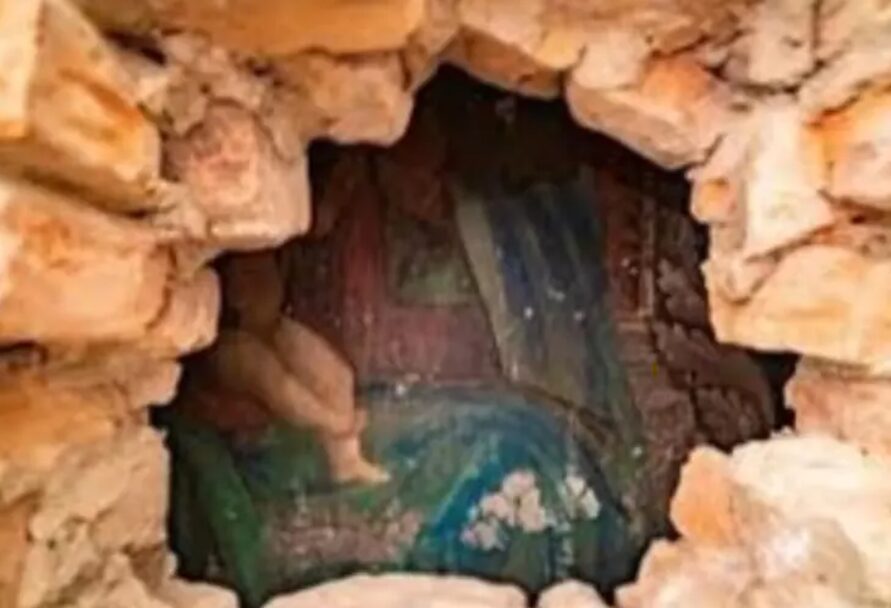In Parma, a fresco depicting the “Madonna of Grace with Child and Saints” made in the early 16th century and hidden for centuries in a wall cavity of the Cathedral Crypt, was found during restoration work on the Cathedral, as confirmed by expert Elisabetta Fadda of the University of Parma.
Restoration work on the cathedral had begun several years ago in 2004. Subsequently, restoration has slowly revealed the painting, which can now be shown in its entirety to visitors. In fact, from December 7 until March 25, it will be open to visitors by appointment, along with the nearby Ravacaldi Chapel, which is very rarely open to the public and where the 15th-century fresco depicting the Annunciation can be admired.
As the experts from Arché Restauri who conducted the restoration explain, the reason why the rediscovered painting “Madonna of Grace with Child” was hidden behind a wall is related to the fact that, over the centuries, the church and crypt underwent some decorative transformations. However, even though the thin masonry wall protected the work from any changes for so many centuries, it produced a lot of moisture inside the cavity causing the plaster and the dry-added pictorial parts to peel off. This made its restoration particularly complex.
From a stylistic and formal point of view, the work has peculiarities that make it somewhat puzzling in the eyes of art scholars. Elisabetta Fadda points out that the painting, indeed shows the co-presence of various artistic techniques and different painting styles. Moreover, the scene depicted on the right side of the Madonna turns out to be almost the same as the one painted on a wall of the nearby Ravacaldi Chapel. In this regard, Carlo Mambriani, an architectural historian at the University of Parma, says, “this finding triggers a new course of studies on our crypt to the point that it could lead to new discoveries and for sure to firmer knowledge about the patrons and the artisans who have been engaged for centuries in modifying its layout up to the present day.”
Visitors who wish to see the work will also be able to enter the Ravacaldi Chapel, and watch a film screening that will reveal the possible creators of the work and the “mysteries” surrounding its possible interpretation.












